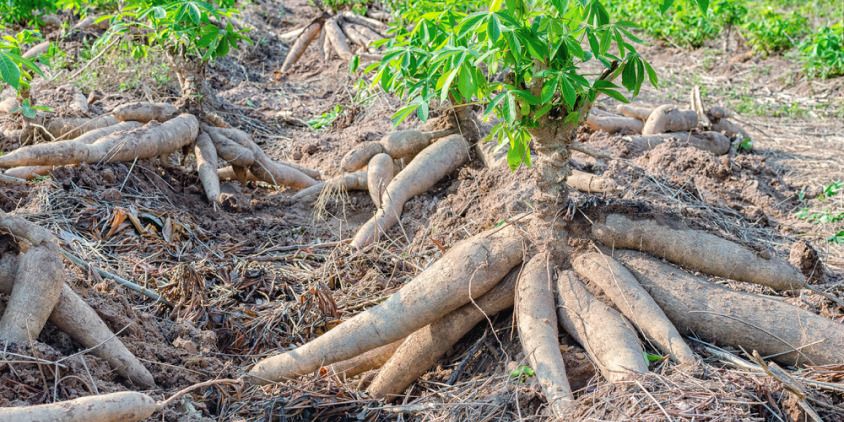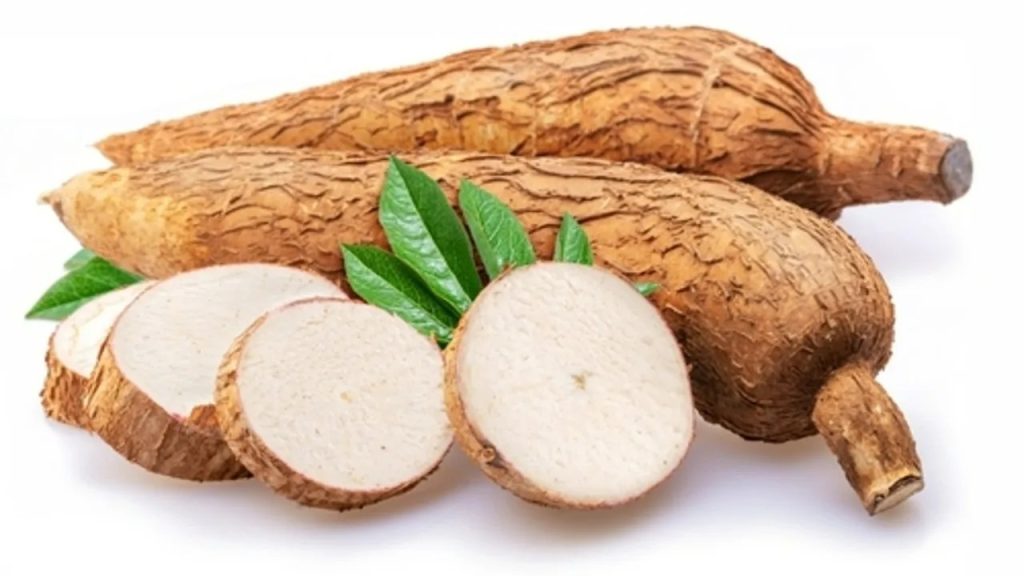
Cassava: The Lifesaving Crop That Could Also Kill You
It’s white, starchy, and grows like a weed in poor soil. In many parts of the world, it’s not just food—it’s a lifeline. But behind this humble root’s reliability lies a little-known danger. Cassava, while feeding millions, silently puts lives at risk. How is that possible? And why do people still rely on it?
Let’s take a closer look at the survival root… with a deadly twist.
A Root Built for Survival

Originally from South America, cassava—sometimes called yuca or manioc—is now a staple across Africa, Southeast Asia, and Latin America. It’s easy to grow, even in dry, nutrient-poor soil, and it delivers a quick dose of carbohydrates—perfect for communities facing food insecurity.
Its ability to survive in tough conditions makes it indispensable. But there’s a catch.
The Hidden Danger Inside

Certain types of cassava, particularly the “bitter” varieties, naturally contain cyanogenic glucosides. When improperly processed, these chemicals break down into cyanid—a toxic compound that can cause serious harm to the human body.
Yes, cyanide, the same poison often mentioned in crime stories.
If not carefully prepared, cassava can cause acute poisoning, and in the worst cases, death. According to the World Health Organization (WHO), around 200 people die each year due to consuming cassava that wasn’t properly processed.
But the risks don’t stop there.
Long-term consumption of insufficiently detoxified cassava has been linked to a neurological condition called konzo. This disease leads to irreversible paralysis of the legs, most often affecting children and women in areas where cassava is the only available food.
A Dangerous Necessity
So why do people keep eating it?
Because in many regions, there’s no better alternative. Cassava grows where other crops fail. It’s cheap, filling, and keeps for a long time. For millions of families living through droughts, conflicts, or economic collapse, it’s a lifesaver.
In places like Venezuela, where food shortages have become severe, cassava is often the only option. But without proper knowledge or time for safe preparation, what’s meant to keep people alive can tragically become deadly.
How to Eat Cassava Safely

The good news? The danger can be avoided—with the right preparation. Many communities have passed down traditional methods for making cassava safe to eat:
- Peel it thoroughly, removing the outer layer completely.
- Soak it in water for at least 24 to 48 hours to leach out toxins.
- Boil it well, ensuring long cooking times to break down any remaining chemicals.
- Never eat it ra or undercooked.
These steps make cassava safe for consumption—and in many households, they’re second nature.
Respect the Root
Cassava isn’t a villain. It’s apowerful, resilient crop that supports entire populations. But it’s also a reminder that not all natural foods are harmless. Understanding how to handle it properly is key.
If anything, cassava teaches us that nature often provides exactly what we need—but only if we’re willing to listen, learn, and handle it with care.